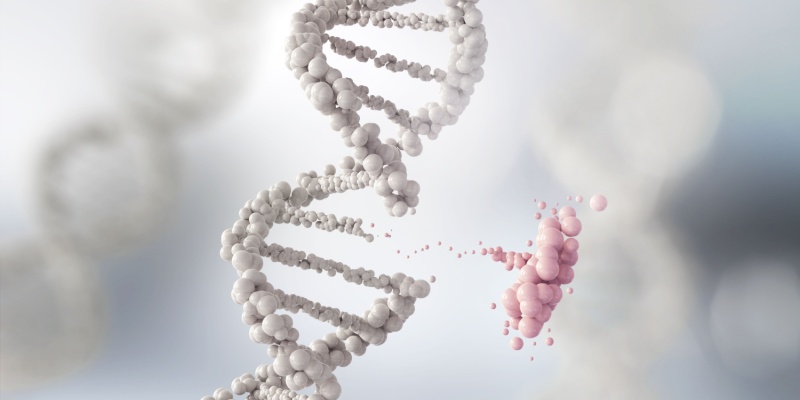
Patients with myelofibrosis who achieved driver mutation clearance after allogeneic hematopoietic stem cell transplantation (HSCT) experienced improved survival and lower relapse, according to a study published in The New England Journal of Medicine.
“Allogeneic hematopoietic stem-cell transplantation is the only curative treatment for myelofibrosis,” the researchers wrote. “Driver mutations are the pathophysiological hallmark of the disease, but the role of mutation clearance after transplantation is unclear.”
Using highly sensitive polymerase-chain-reaction technology, the researchers assessed driver mutations in peripheral blood samples from patients who underwent HSCT after reduced-intensity conditioning. The primary endpoints were relapse-free survival and disease-free survival.
Of the 324 patients in the study, 73% had JAK2 mutations, 23% had CALR mutations, and 4% had MPL mutations. To measure mutation clearance, the researchers reported mutations before HSCT and on days 30, 100, and 180 after HSCT.
On day 30 after HSCT, 42% of patients with JAK2 mutations, 73% with CALR mutations, and 54% with MPL mutations had mutation clearance. On day 100, these percentages increased to 63% of patients with JAK2 mutations, 82% of patients with CALR mutations, and 100% of patients with MPL mutations.
The 1-year cumulative incidence of relapse was 6% (95% CI, 2-10) among patients who achieved mutation clearance on day 30, compared with 21% (95% CI, 15-27) among those who didn’t.
Patients who had mutation clearance on day 30 also had a higher incidence of disease-free survival and overall survival at 6 years (61% and 74%, respectively) compared with those who didn’t (41% and 60%, respectively).
“In patients with myelofibrosis, clearance of driver mutations at day 30 after transplantation appeared to influence relapse and survival, irrespective of the underlying driver mutation,” the researchers concluded.
Reference
Gagelmann N, Quarder M, Badbaran A, et al. Clearance of Driver Mutations after Transplantation for Myelofibrosis. N Engl J Med. 2025;392(2):150-160. doi:10.1056/NEJMoa2408941

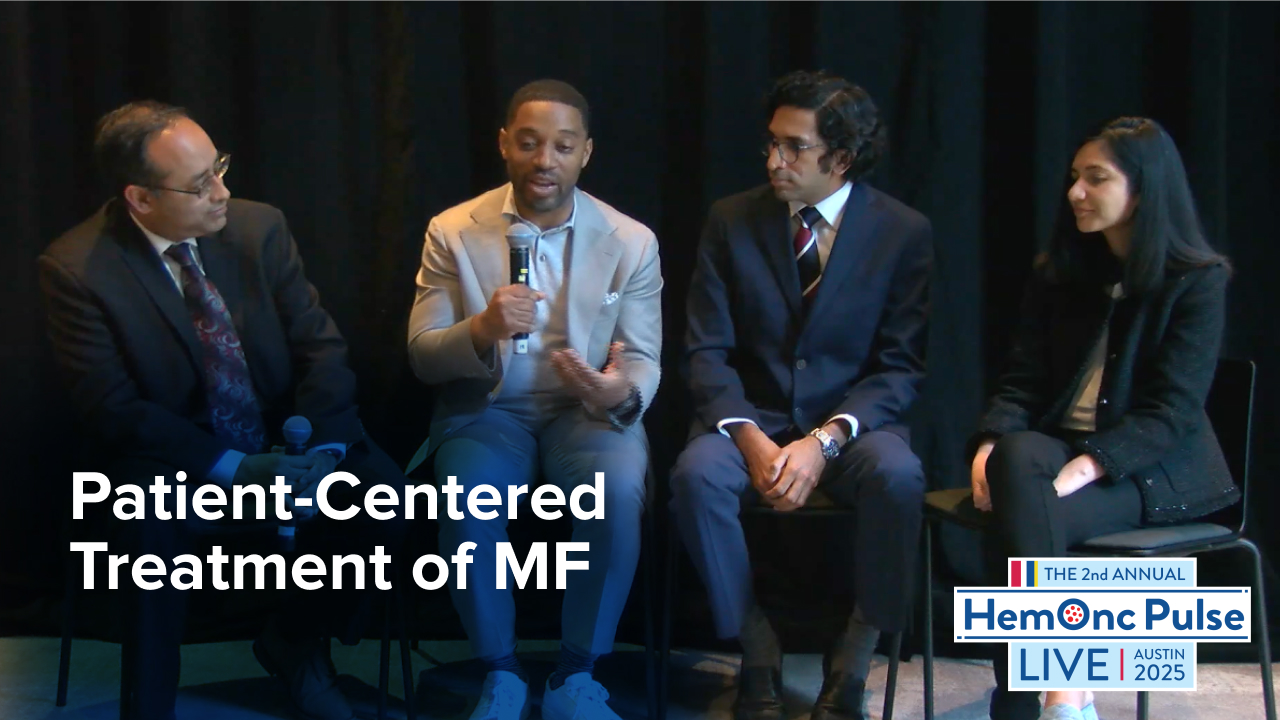
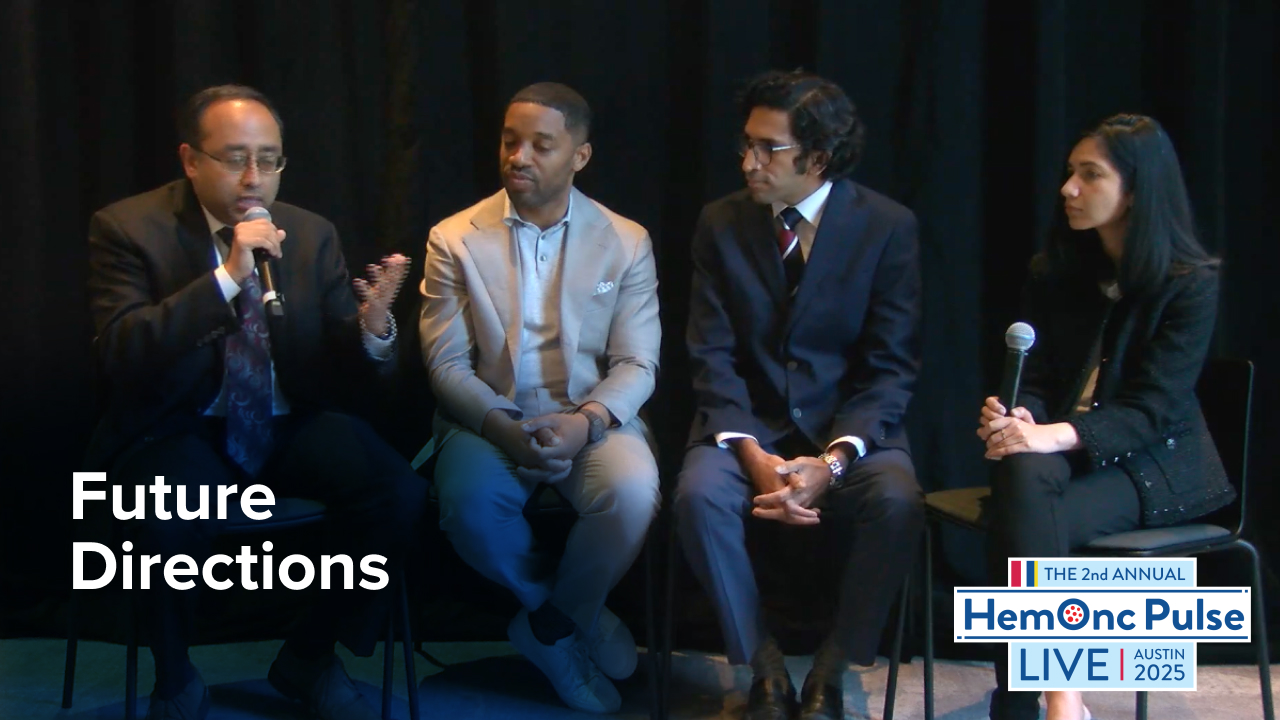
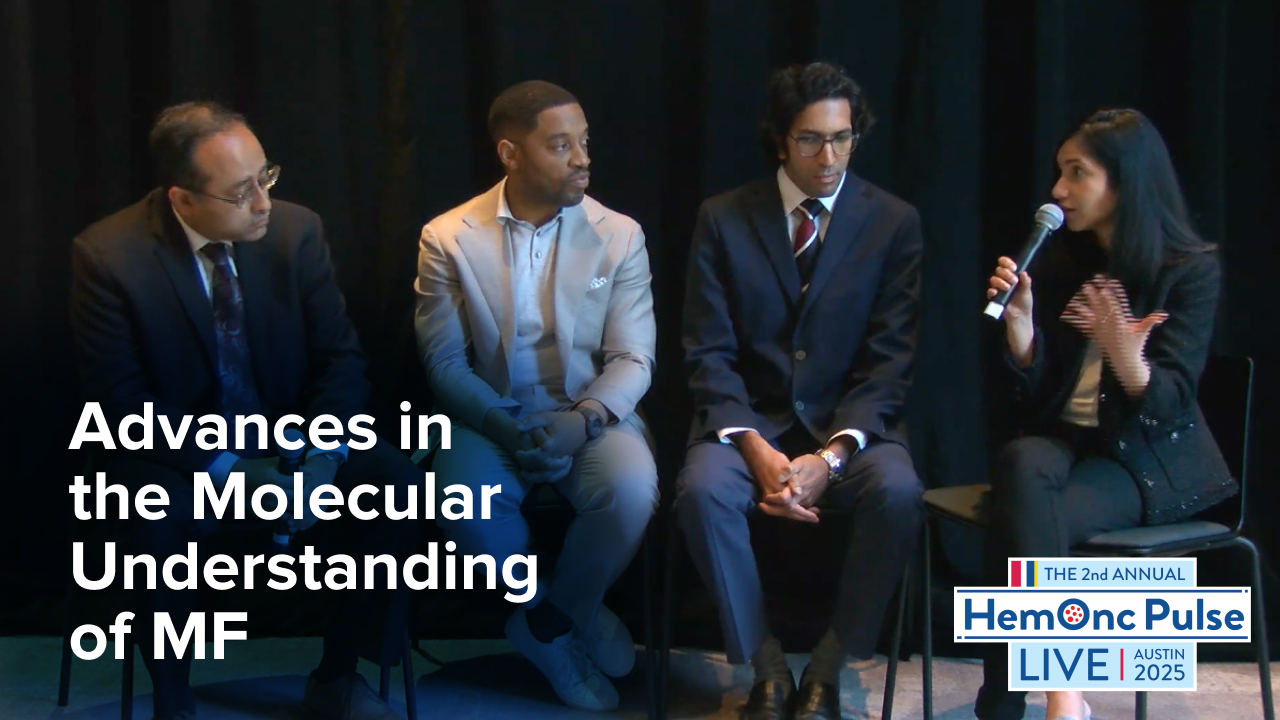
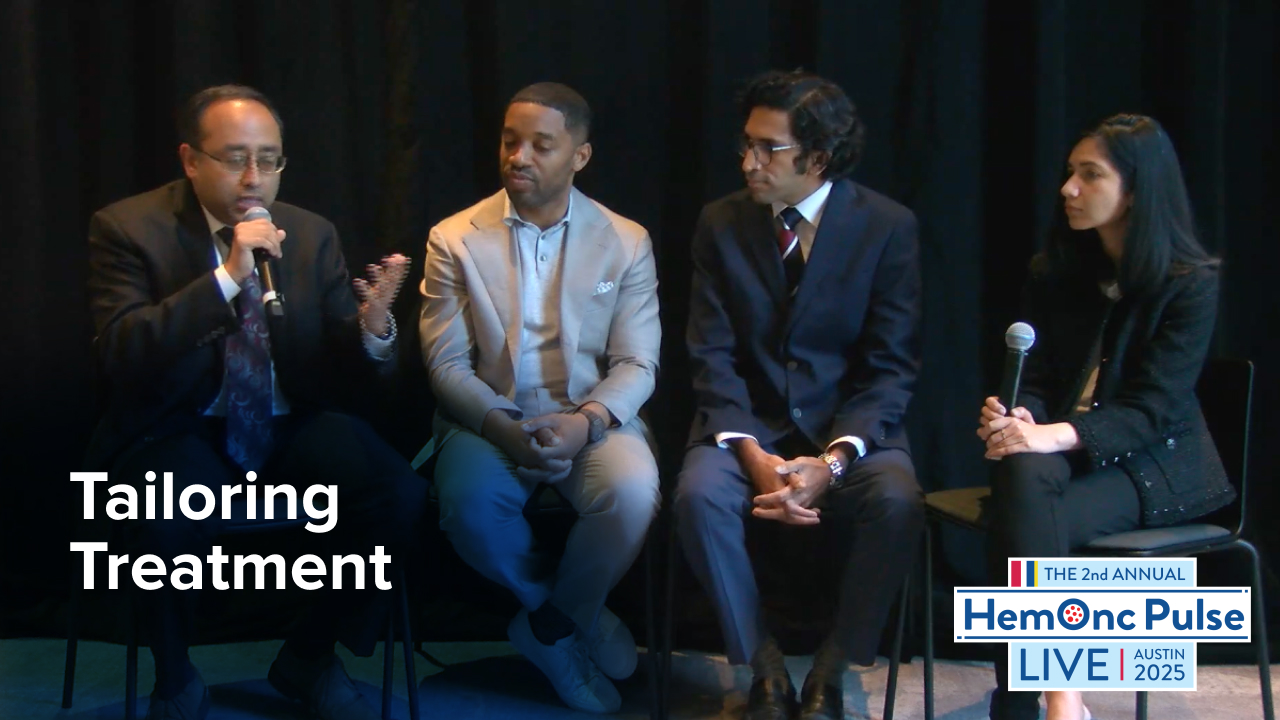
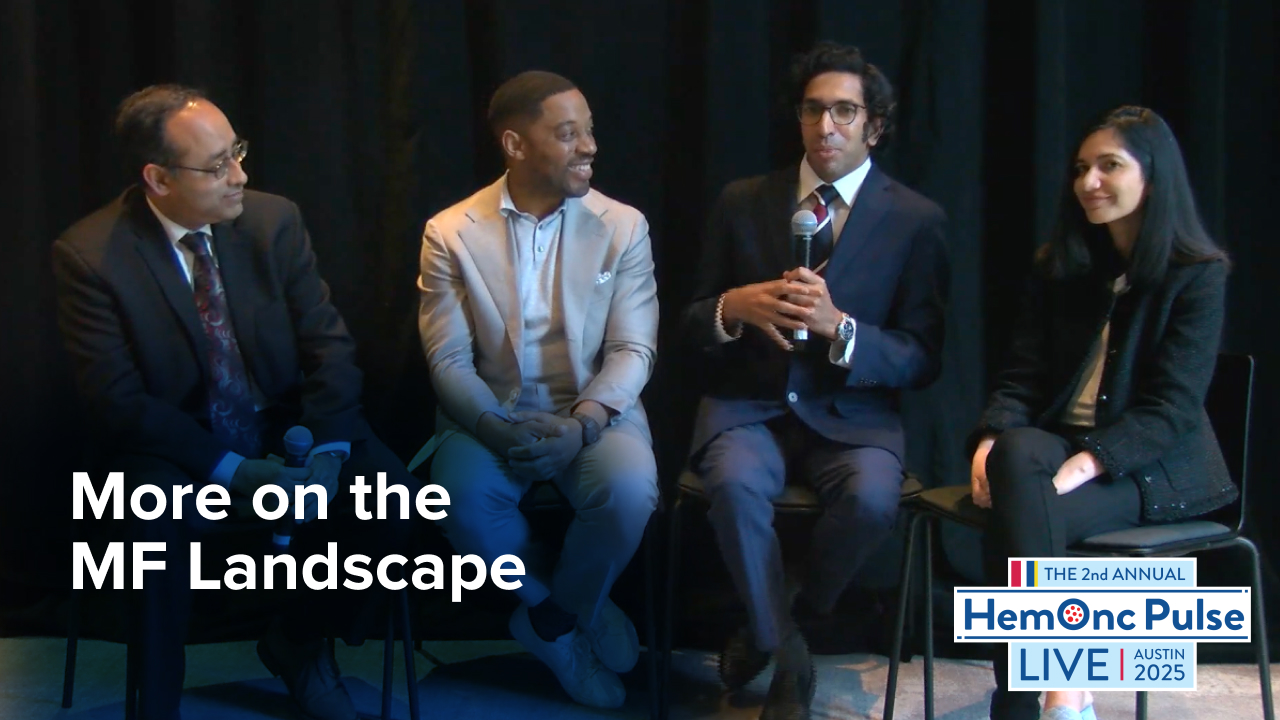
 © 2025 Mashup Media, LLC, a Formedics Property. All Rights Reserved.
© 2025 Mashup Media, LLC, a Formedics Property. All Rights Reserved.